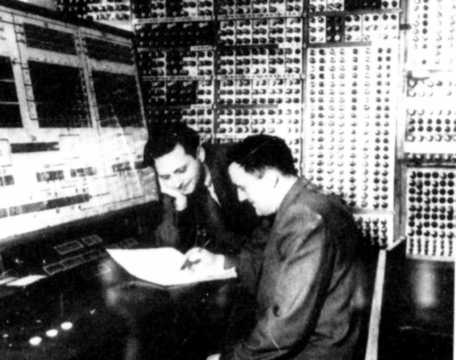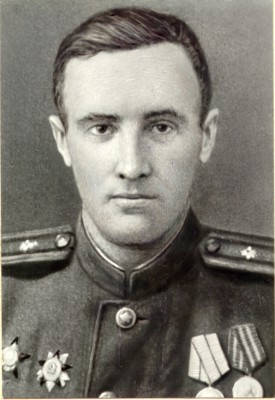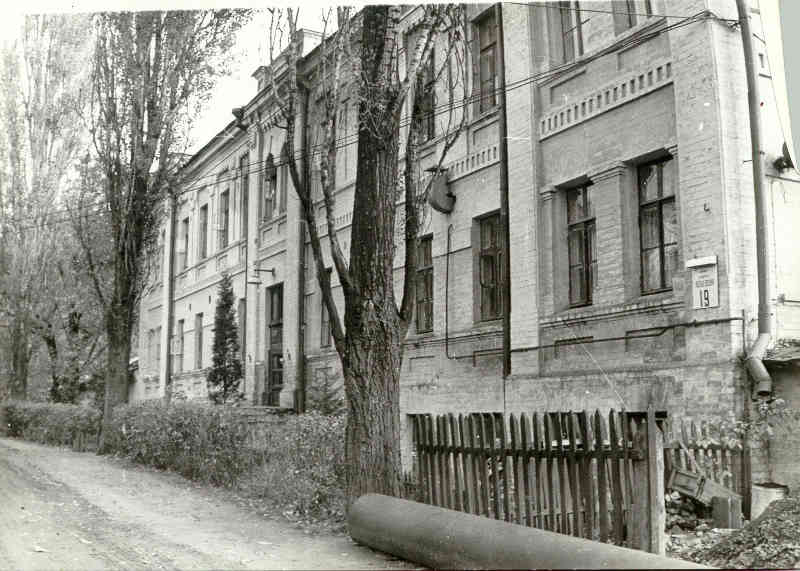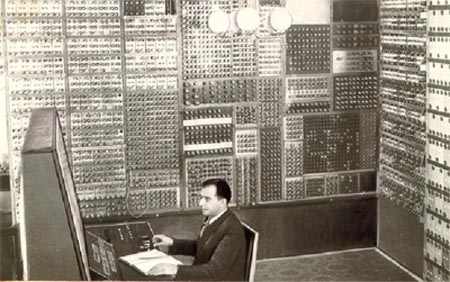| Sergei Lebedev and Early Russian computers |
| Written by Mike James | ||||
Page 1 of 3 Soviet Russia had its own early computer program and its "father of the computer" was Sergei Alekseevich Lebedev. Was the Russian effort just a copy of computers being built at the same time in the US and the UK or do they deserve their own place in history as equals?
When you think of the early history of the computer you probably think of people and projects in the USA and the UK, with, perhaps a passing reference to Zuse's computers in Germany. If Russia, or as it was then the USSR, is mentioned at all it is usually in connection with the copies of western machines, the "three six-skis" of the 1970s, or the miniature valve based avionic and space computers that were rumoured still be in use up until recently! However Soviet Russia had its own early computer program and its own computer creators - and neither were cheap western copies! Russia's own "father of the computer" was Sergei Alekseevich Lebedev.
Sergei Alekseevich Lebedev 1902-1974
Sergei Lebedev was born in 1902 in Nizhny Novgorod. Four years after the Russian revolution he entered the Electrical Engineering Department of the Moscow Higher Technical School where he specialized in high voltage technologies. He worked on the difficult and very practical problem of running generators in parallel. After graduation he became a teacher and researcher into the construction of power stations and transmission line technology. Scientific calculations were the impetus behind most of the early efforts to build computers and the situation in Russia was no different. It was the need to solve sets of linear and non-linear differential equations that drove Sergei to think of using mechanical methods of computation. If you want to solve differential equations then building analog models that implement the equations seems like the most direct and fastest way of solving the problem. One of Lebedev's colleagues became interested in mechanical analog computers after reading about Vannevar Bush's differential analyzers. In the 1930s and 1940s most of the Russian work on the development of computers was centred on analog devices. In 1943 Lebedev returned to Moscow as the head of a new department for the automation of electrical systems at the Electrical Engineering Institute and in 1946 he was appointed director of the Ukrainian Academy of Sciences where he started a series of seminars on the problems of automatic computation. At first the emphasis was on analog devices but slowly Lebedev and his colleges turned their attention to digital computers. Their discussions became increasingly specific and many of the fundamental ideas of computer design were evolved in this theoretical atmosphere. Getting Started - MESMBy the middle of 1947 they had discussed the advantages and disadvantages of fixed and floating point numbers, binary versus decimal, word length and instruction formats. Lebedev was convinced that a binary three-address machine working with floating point numbers was what was required. Others were of the opinion that a simpler 17-bit fixed point machine would be sufficient for most engineering problems. Lebedev set up a secret laboratory - called Laboratory Number 1 for Modelling and Control - and set about building a small computer called MESM (МЭСМ, Малая Электронно-Счетная Машина) Malaya Elektronno-Schetnaya Mashina or Small Electronic Calculating Machine.
МЭСМ - Malaia Elektronnaia Schetnaia Mashina
Lebedev's biggest problem was getting trained people. In fact a great deal of his early work was in setting up seminars on electronics, binary theory and ... the new and unfamiliar theory of computers. What they were trying to do only became clear to most of the new recruits only after some time. In two years the number of people working on the project had grown to 20.
Dashevskii Lebedev's first assistant
Most of the early work was in perfecting the electronic circuits needed - flip flops and adders. Lebedev and L.N. Dashevskii perfected the basic flip flop but their working conditions left a lot to be desired. They were working in war-torn Kiev and everything - especially accommodation was in short supply. Dashevskii preferred to work at home on the one table in the family's one-room apartment. His wife later recalled how he would cheerfully chant "flip", "flop", "flip-flop" as he worked on the circuits.
The Lebedev Lab After a huge struggle Lebedev finally managed to get hold of alternative accommodation - an old monastery hostel. They moved in 1949 to a spacious but primitive working environment. There was no furniture of any kind and the only heating was provided by wood burning stoves. The new computer engineers were the only labour available to cut the wood needed. Another problem was getting to the monastery from Kiev. It was 15 kilometres down a small road. They had a single truck and this often got stuck in the mud with the result that rather than riding to work the entire group had to push!
MESM - Not such a small computer
Although the monastery was large there were problems in fitting the new machine in. MESM was estimated to be 50 square meters and no single room was large enough. To accommodate it they had to knock down walls and remove the floor.
|
||||
| Last Updated ( Thursday, 02 March 2017 ) |






